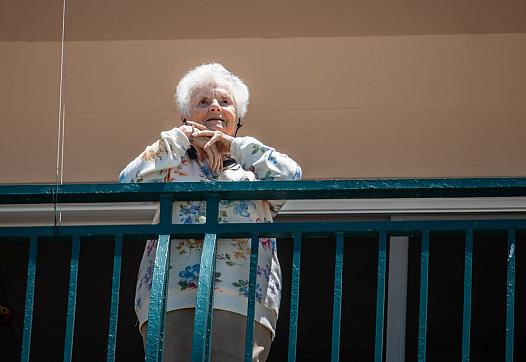
Except for end-of-life situations, visitors largely haven’t stepped foot in facilities in months, leading to calls for access and balance. Outdoor visits are allowed but many operators do not permit them.

Except for end-of-life situations, visitors largely haven’t stepped foot in facilities in months, leading to calls for access and balance. Outdoor visits are allowed but many operators do not permit them.
A broad coalition of business organizations, government agencies and consumer and environmental groups is pushing for increased aid for water providers to be included in the latest federal coronavirus relief bill.
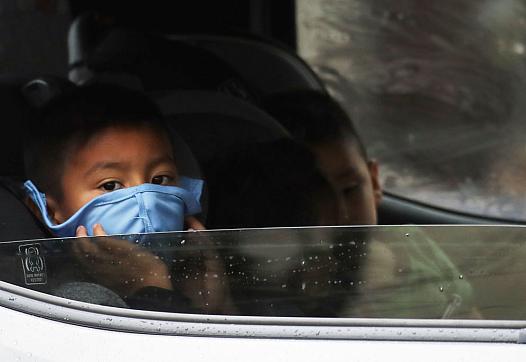
Underserved youth and the adults who care for them are wrestling with systemic inequities compounded by the coronavirus.

A look at the health challenges Punjabi drivers are facing in order to keep their driving licenses, and how they are navigating this during COVID-19.
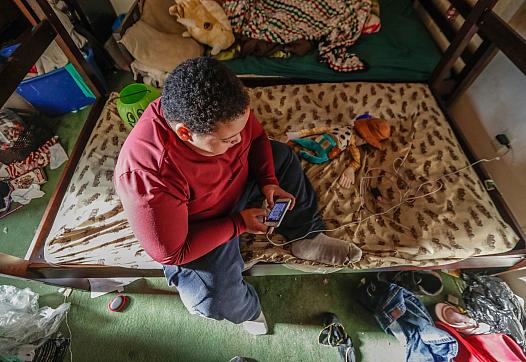
This zip code has more poor households than anywhere else in Florida. The coronavirus outbreak has only made it worse.
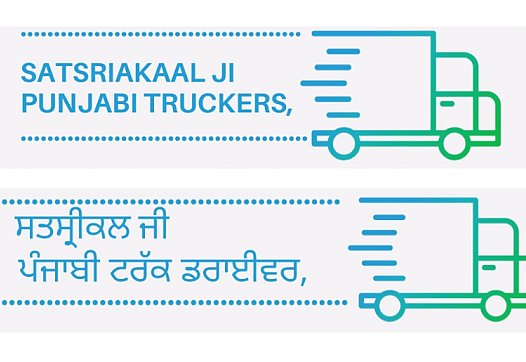
This story was produced as a project for the 2020 California Fellowship.
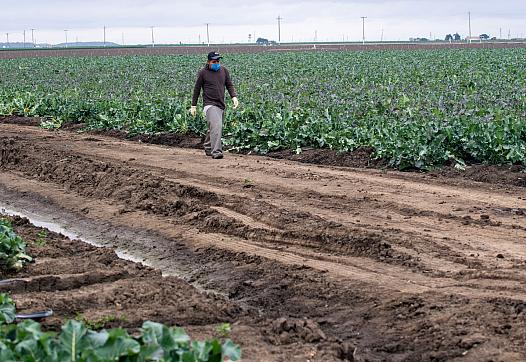
Farmworkers are essential employees during the coronavirus pandemic. But crowded living conditions could trigger an outbreak that would devastate the food supply.
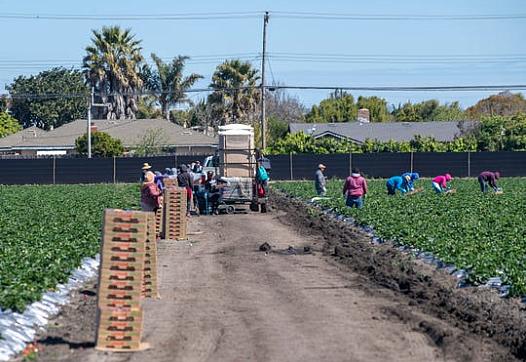
Many H-2A farmworkers live in unsanitary, overcrowded conditions, the perfect recipe for an outbreak during a pandemic.
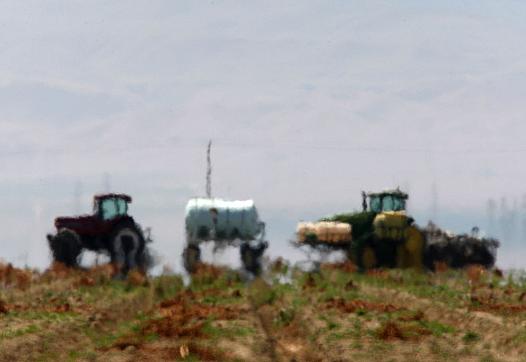
Triple-digit temperatures are hitting the San Joaquin Valley at record frequency. For some 400,000 farmworkers in the San Joaquin Valley, the consequences could prove deadly.